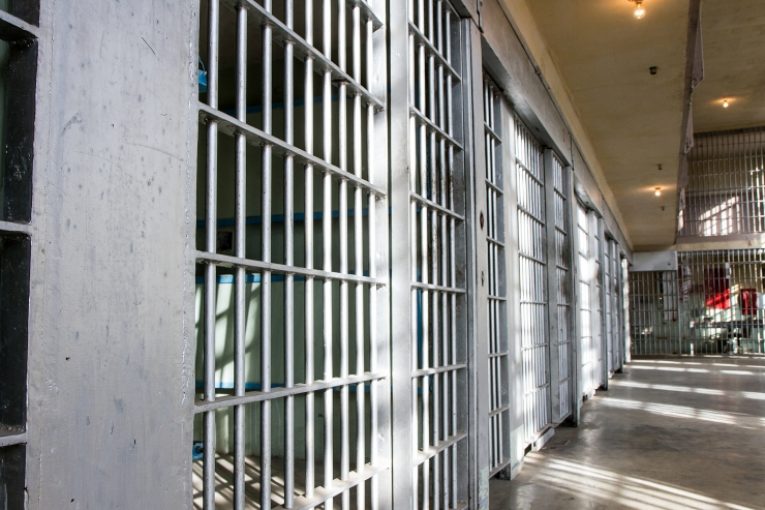

By Angelina Sang
WASHINGTON, D.C. – The Sentencing Project released a new fact sheet last week showing a 15 percent increase in private prison populations over the last 20 years, yet a decline since 2012.
A Washington D.C.-based advocacy and research group aiming to change the way Americans consider our criminal punishment system, The Sentencing Project (TSP). The nonprofit’s mission statement is to advocate “for effective and humane responses to crime that minimize imprisonment and criminalization of youth and adults by promoting racial, ethnic, economic, and gender justice,” according to their website.
As the nation with the largest prison populations per capita, the U.S. has had a 500 percent increase in incarceration rates over the last 40 years, with two million people incarcerated right now, according to Institute for Crime & Justice Policy Research.
The Sentencing Project’s report argues that this rapid influx of incarcerated populations created a modern need for private prisons.
Using data collected from U.S. Immigration and Customs Enforcement, Bureau of Justice Statistics, and The Sentencing Project, the report said there were as many as 130,000 incarcerated persons in private prisons in 2012. This was a concerning leap from just over 80,000 in 2000.

Interestingly, the data from 2020 displays that these numbers are going down. “Since 2012, however, the population in private prisons has decreased significantly,” reads the report, showing 2020’s private prison population to be just under 100,000.
In 2021, President Biden issued an executive order to phase out the federal Bureau of Prisons’ use of private prisons. The federal Bureau of Prisons is the largest prison system utilizing privatization, having 27,810 incarcerated persons in private prisons in 2020, according to the report.
Though the state-by-state private prison incarceration rates vary considerably, The Sentencing Project’s fact sheet and brief explains that if the trend continues downward, debate surrounding for-profit prisons will intensify as profit opportunities dwindle.
